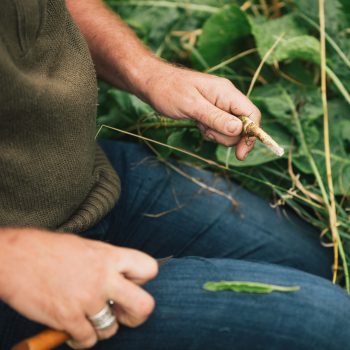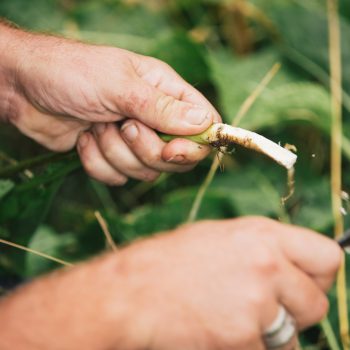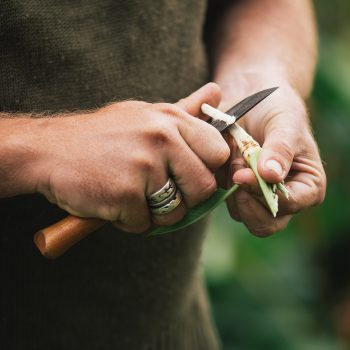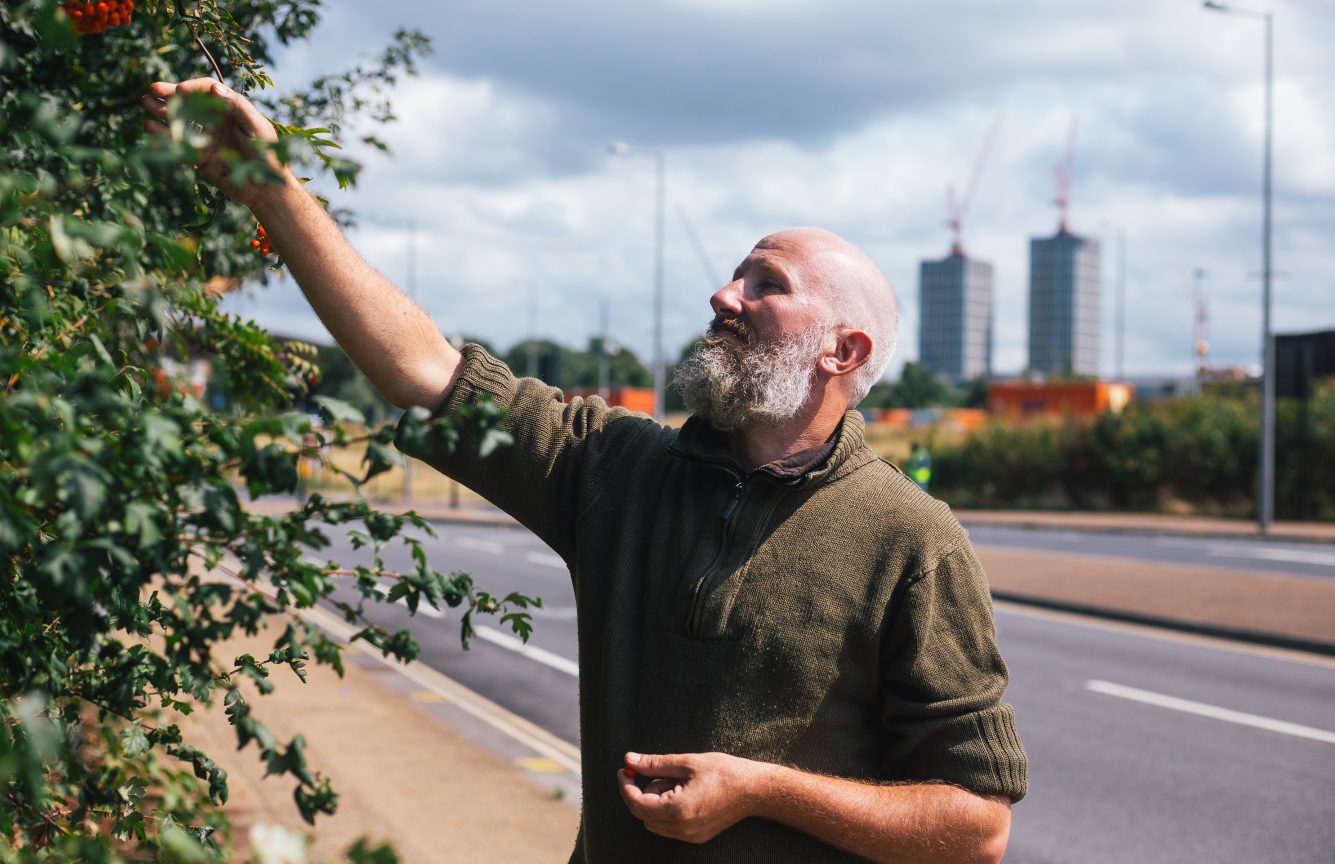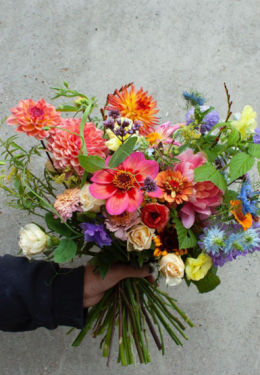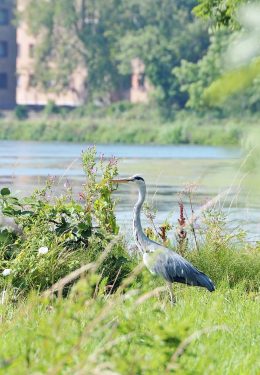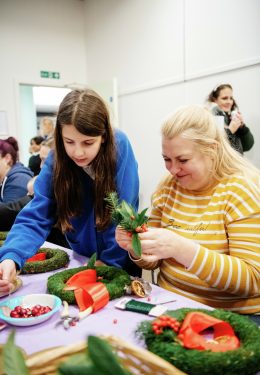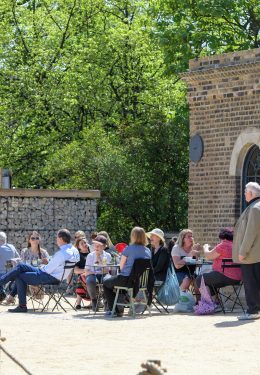Urban Forager
Published: Summer ‘18
John the Poacher has these hands – solid, rough, open, somehow knowing. Right now they’re splattered with elderberry juice. “I look like I’ve murdered someone," he laughs. “I do have some tools for what I do, but all I really need are these. Hands were around before there were tools.”
Jonathan Cook, to give him his real and apposite name, spends perhaps ten hours a Day walking the marshes of Hackney and Walthamstow (a 30-minute walk from Woodberry Down), the run of the Lea Valley, the edges of Leyton’s industrial parks, foraging for whatever local businesses need. The long-time Springfield Park resident finds hazelnuts for chocolate makers, sloes and dandelions for distilleries and brewers, wild garlic for cheesemakers, wild rocket, chives, fennel, horseradish, marjoram, mushrooms and much more for restaurants. In the summer he’s on plums and alpine strawberries. Occasionally he shoots wood pigeons or catches rabbits.
This inner-city outdoorsman is a face in these parts – a big bearded face, as somehow suits his image as a backwoods kind whose woods often happen to run alongside railways and dual carriageways. Tree surgeons tip him off as to where they’re planting. The local council allows him to take what he wants – even though foraging for profit is technically against the law, meaning that officially he exchanges his finds for beers and lunch.
“I just like to potter about anyway, because I don’t like to be indoors. I’d always be out, catching crayfish or trout, finding myself with a basket of mushrooms, so I’d go round the pubs selling it, or rather ‘asking for a donation’. And word just spread. Individual people became pubs, became restaurants. But I’m selective about who I work with. I have to like the people. People put in their requests and I can pretty much always fulfil the order.”
QUOTE: John the Poacher
John says he has a near photographic memory, which over the years has given him an encyclopaedic, if still expanding, knowledge of the plants, fruits, flowers and berries of Hackney’s frankly shockingly abundant backyard. When the apocalypse comes, he’ll be a very good man to know – but also of where he can find them. He’s found the gigantic – a 21kg mushroom, “a monster”; the dangerous – bee hives with exposed honeycombs; and the unexpected. All of it ends up in his old Sainsbury’s carrier bag – a little jibe perhaps at those who insist on supermarket produce so they know where it’s from, or so they get it photographically uniform.
“And there are a lot of unique things out there too, that you’d never expect,” says John – and he’s not talking about terrapins in the river, or, given this recent scorching summer, snakes basking at its edge. In his time he’s found kiwis, pomegranate and sharon fruit, lemons, sweet almonds and alexander, a plant that normally only grows near the sea. “You think about all the concrete in London, soaking up the heat and pumping it out at night,’ he says. “It’s why the climate so often feels semi-tropical.” But he also has the eye for it. “Do I worry about it being harder to find things now that foraging has become a thing?” he says. “No, not really. Nobody can beat me. That’s not me being big-headed. It’s just a fact.”
John is a trained chef, which helps, so he spends much of his long walking time dreaming up recipes for his finds. But he’s well-suited to his work. He was a troubled child, and had been to seven primary schools by the time he was seven; he ended up in a boarding school for kids who couldn’t get on with school, in part – as is often the case – due to un-acknowledged dyslexia. “Now technically I’m the most famous of the people who went there,” he says with a smile. “It only proves that you don’t need a piece of paper to get on in the world.”
As a foodie fascination with provenance has grown he’s found himself giving plenty of guided tours, to private individuals, hen parties and Michelin starred chefs alike – and walking with John you soon get the feeling that this is very much his world too, as well it might be after 30 years of roaming it. He speaks of the effect on the land of this long summer – how blossom has come but not the fruit, or how fruits have come but, unable to hold onto the moisture, are much smaller than usual. For most urbanites his language is studded with the names of exotic-sounding plants – Chicken of the Woods, Jack by the Hedge for instance, and full of the kind of insights that only come with real feeling for the land, even if that land is cheek by jowl with tower blocks and football pitches.
You’re more likely to find hops or fruit trees along railway lines, for example, because hops would once fall from goods trains delivering them to London’s breweries, and because, back in the times of sliding windows on trains, passengers would throw out their cores, pips and stones. A field where an annual farm animal show is held is great for mushrooms, because the animals bring spores with them on their hooves. You could forage in cemeteries, but he wouldn’t advise it: the lead and the arsenic in the bodies below gets into the plant life. He has a secret and blackberry patch – packed with fruit because it’s against a wall that radiates plenty of heat from the sun.
Then there are his cooking tips. Soak some young horseradish in vodka and it gives it a distinct sweetness perfect for use in Bloody Marys. Pickle unripe elderberries to give you a new kind of caper for salads. And those of a more medieval bent too, a kind of knowledge it was once normal to have but which most of us have lost. Steep some mugwort in water and drink it at night and you’ll get some interestingly vivid dreams, he assures.
Along New River Walk and into Woodberry Down there’s chick weed and dandelion, mallow and mushrooms, elderberries, blackberries, Rowen berries, watercress, apples, pears and plums. All of it is free and edible. As John walks, he samples. Except for the hemlock. Don’t eat the hemlock. It’s really not very good for your nervous system. “You’d have to be very unlucky to pick and eat something you really shouldn’t, like a properly deadly mushroom.”
“People aren’t as divorced from the wilderness around them as they used to be. There's an interest in foraging now. I ask people if they’ve gone foraging and most people look blank. Then I ask them if they've gone blackberry picking and most people says yes. Well, that’s foraging. This is just on a bigger scale.”
QUOTE: John the Poacher
And with some considerable commitment. John spends many a long day on his feet, out all weathers, even if that does tend to end up a bar where there’s a Foraged Spritz cocktail named for this efforts. He’s scrambling around inside bushes and climbing up walls, dodging thorns and nettles and no doubt collecting the odd splinter. “I wear jeans because I tend to get very dirty,” he says, “though it’s the crotch that tends to go first – usually on barbed wire”. Of course, while he concedes that one day he’d like to move out of London to somewhere more obviously countrified, for now he wouldn’t have it any other way. “I could work as a chef. But, no, stuff that,” he says with some certainty in his voice. “Why would I give up all this?”
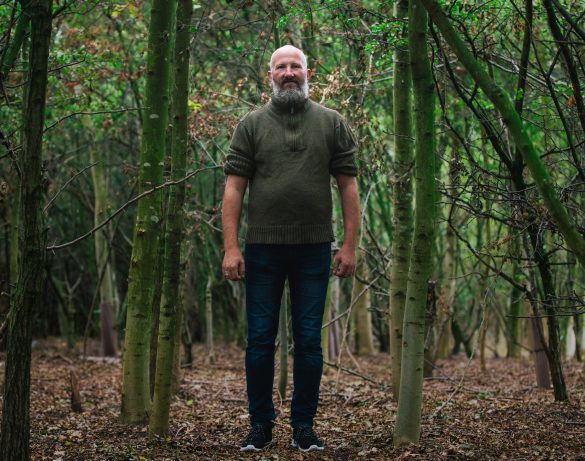
“You’d have to be very unlucky to pick and eat something you really shouldn’t, like a properly deadly mushroom”
QUOTE: John the Poacher
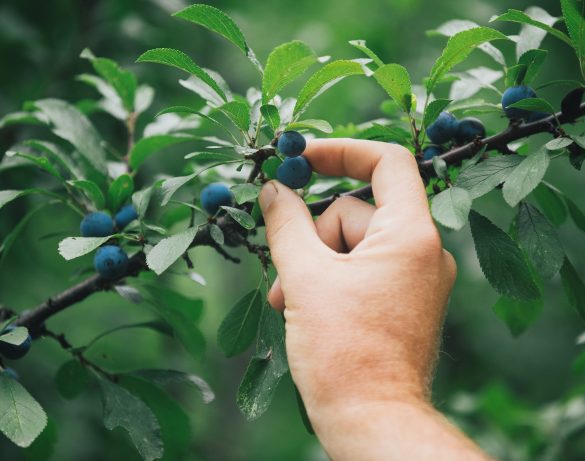
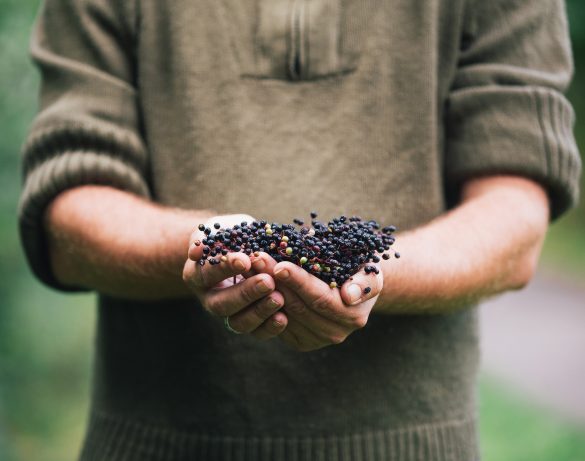
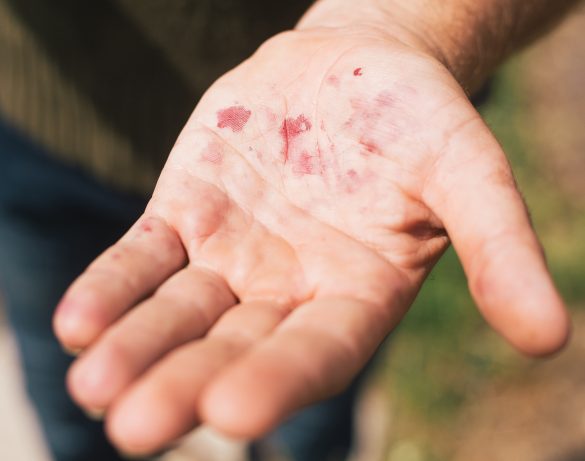
“And there are a lot of unique things out there too, that you’d never expect”
QUOTE: John the Poacher
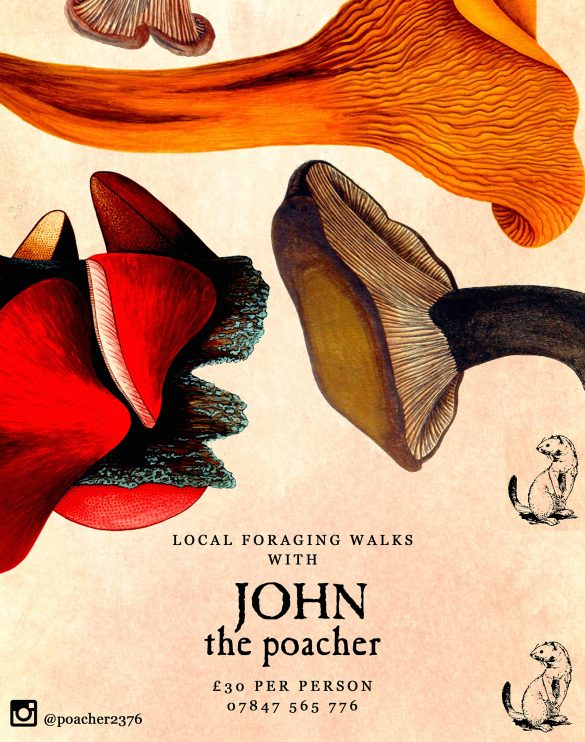
If you would like to experience John the Poacher’s foraging walks, here’s how to do so.

